FAU Board of Trustees approve 25-page plan for reopening
This plan will be shown to the Florida Board of Governors in Orlando on June 23.
June 13, 2020
The FAU Board of Trustees approved a 25-page plan for reopening the university during a special meeting Friday for the upcoming Fall semester. The plan includes a hybrid approach, combining both face-to-face and remote instruction.
The plan also details how students, faculty and staff will follow strict guidelines during the COVID-19 pandemic. The plan was presented by the FAU Vice President of Administrative Affairs Stacy Volnick.
However, she says the plan is subject to change.
“While you’re approving this plan today you’re also approving it based on the knowledge that it will evolve, it will change over the coming months,” Volnick said “More than likely, it is based on what we know today, based on the health data and other information [we have].”
According to the plan, there is a shortage of clear, specific guidelines for establishing classroom occupancy from the federal government. As a result, FAU will have a “conservative” approach.
Class sizes will be reduced to 25 percent regular capacity for rooms with moveable student seating, including teaching labs, to provide for a minimum of 80 square feet per person. For rooms with fixed student seating, the size will be reduced to 20 percent.
The plan also lists that face coverage is encouraged when physical distancing isn’t possible; otherwise required and there will be no non-essential travel permitted.
Student life
Before the trustees gave their approval to be sent to the Board of Governors, trustee Brad Levine asked about the engagement between the presented requirements and students. Student body President Celine Persaud brought up how students can be encouraged to comply with social distancing guidelines.
“We want to make it something that students want to do, not something that they feel like they have to do,” Persaud said. “And I think that’s probably one of the most important parts is because we’ve never seen anything like this in the past and we want it to be a smooth transition for students and we want to make them feel like they’re still at home.”
She mentioned the idea of giving out care packages to residential students which would include a face mask and other necessities.
Classes
When discussing the Fall semester in a glance, Volnick mentioned a hybrid approach to academic instruction and work arrangements, anticipating a 96 percent occupancy in the residence halls, operating with strict physical distancing for on-campus programs and large venues and any event, excluding athletics, is limited to 50 people or less.
While Volnick presented most of the plan, Michelle Hawkins, vice provost and professor at the School of Social Work, was in charge of going over how the classroom would be affected. She mentioned the type of way the university would be handling this “reopen.”
“The principles that we have taken for this plan is taking a very conservative approach to our reopening,” Hawkins said. “Our top priority is for safety for students, faculty, and staff, and as [Volnick] said, we have to remain flexible because the situation changes on a regular basis.”
Housing
On-campus housing is one of the more integral parts of the plan and has listed steps that will be in effect once the fall semester gets underway.
They have developed a coordination of moving periods to reduce the density of population as students and their families assist them in moving on to campus. There will be marketing campaigns targeted to students while explaining why health practices are important including instructions on room cleaning, modifying the guests and visitation policy, emphasizing cleaning protocols and providing training for employees that will be working with students.
Volnick said the reasoning for the 96 percent residency is because there will be 112 spaces in Boca and 12 on the Jupiter campus that will be used for students to isolate if needed. Volnick also added that if they need more spaces, the idea of putting students in a local hotel, like they did last year, can be used for “well” students.
Athletics
When it comes to athletics on campus, there is no concrete plan at the moment. The football season starts in the fall semester and whether people can attend is still in question. The most recent news on that front is the university allowed football players to return to campus on June 8 as they continue their “phased-in” approach as they expect the full team later in the month.
Moving forward
Volnick mentioned that even though the document is titled as a “reopening plan,” she sees it more as a “return to campus” plan.
“As you know, we are not closed,” Volnick said. “We are having a robust summer, we have significant numbers of students taking your courses remotely online, we have resident students on campus, we have student services so we are very much open so if you think of this more as a return to campus plan, that’s more reflective of where we are.”
After getting the approval of the FAU board, Chair trustee Abdol Moabery concluded by sharing his thoughts on the underlying reasoning for the plan.
“The entire university system has put great focus on the reopening plans of all of the universities, and we’re on the phone constantly with one another sharing, what’s going on at the different universities,” Moabery said. “We will learn from the bigger universities, the smaller universities and we will enact whatever measures we need to keep our students safe, our administrators and faculty safe in an effort that takes everybody’s participation.”
This plan comes after schools in the Florida’s State University System presented their guidelines last month. Now, FAU’s plan will be shown to the Board of Governors in a board meeting on Jun. 23 in Orlando.
The rest of the document is separated into five pillars:
- A Healthy Campus Environment
- A Healthy Community Environment
- Virus Testing
- Contact Tracking and Notification
- Academic Program Delivery
Further information for each of the pillars can be found here in the plan.
Zachary Weinberger is the sports editor of the University Press. For information regarding this or other stories, email [email protected] or tweet him @ZachWeinberger.

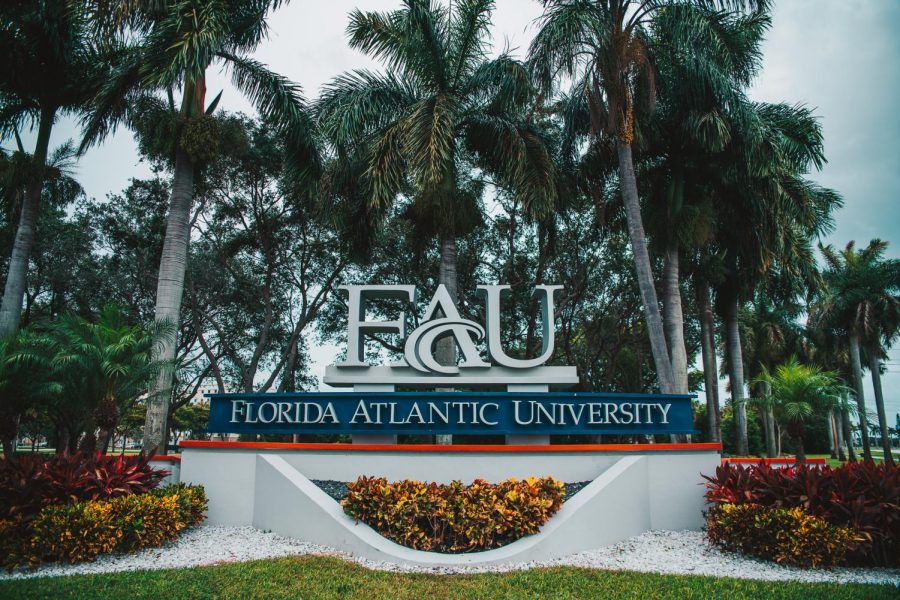





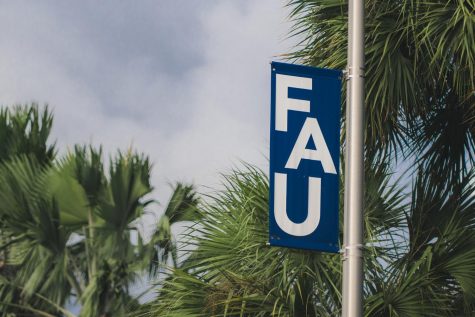
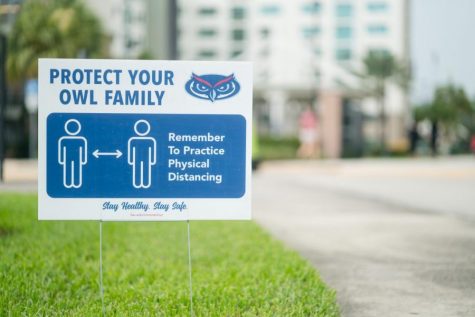
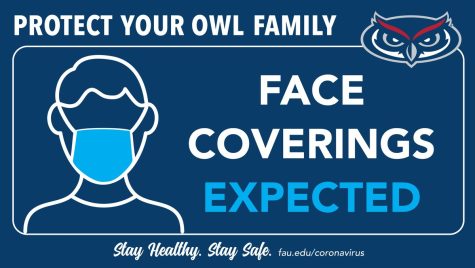
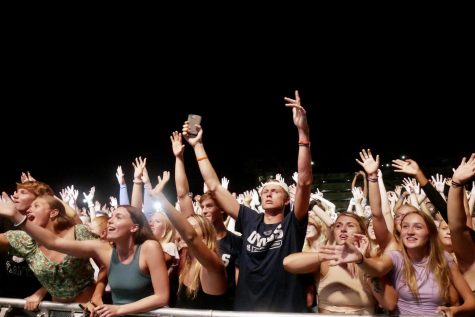
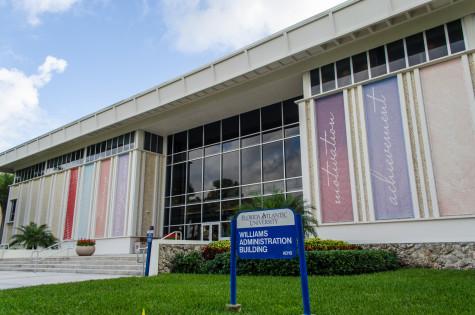
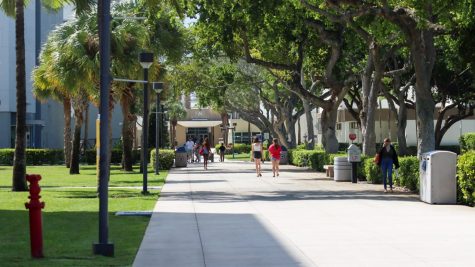
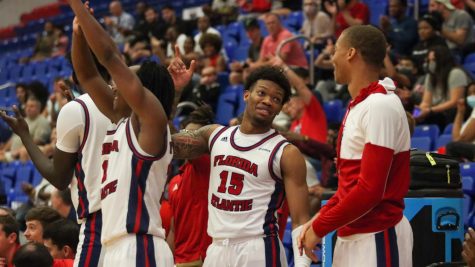
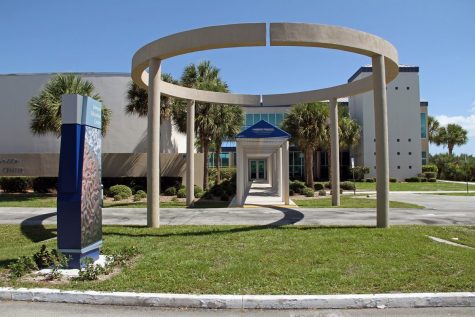
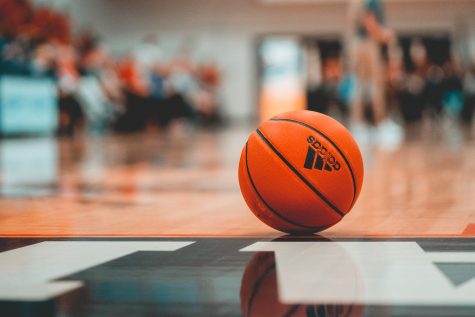
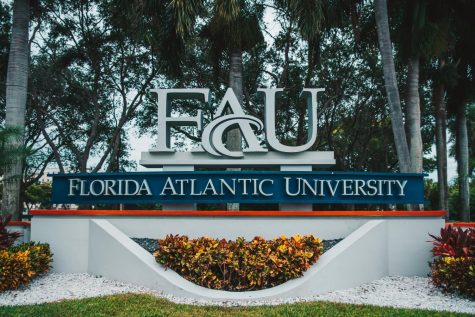
Astrid • Jul 8, 2020 at 10:31 pm
Kindly make informed decisions based upon actual statistics, making sure students and faculty are safe. Their health and safety comes first. Even if it means having all classes online, then go that route.